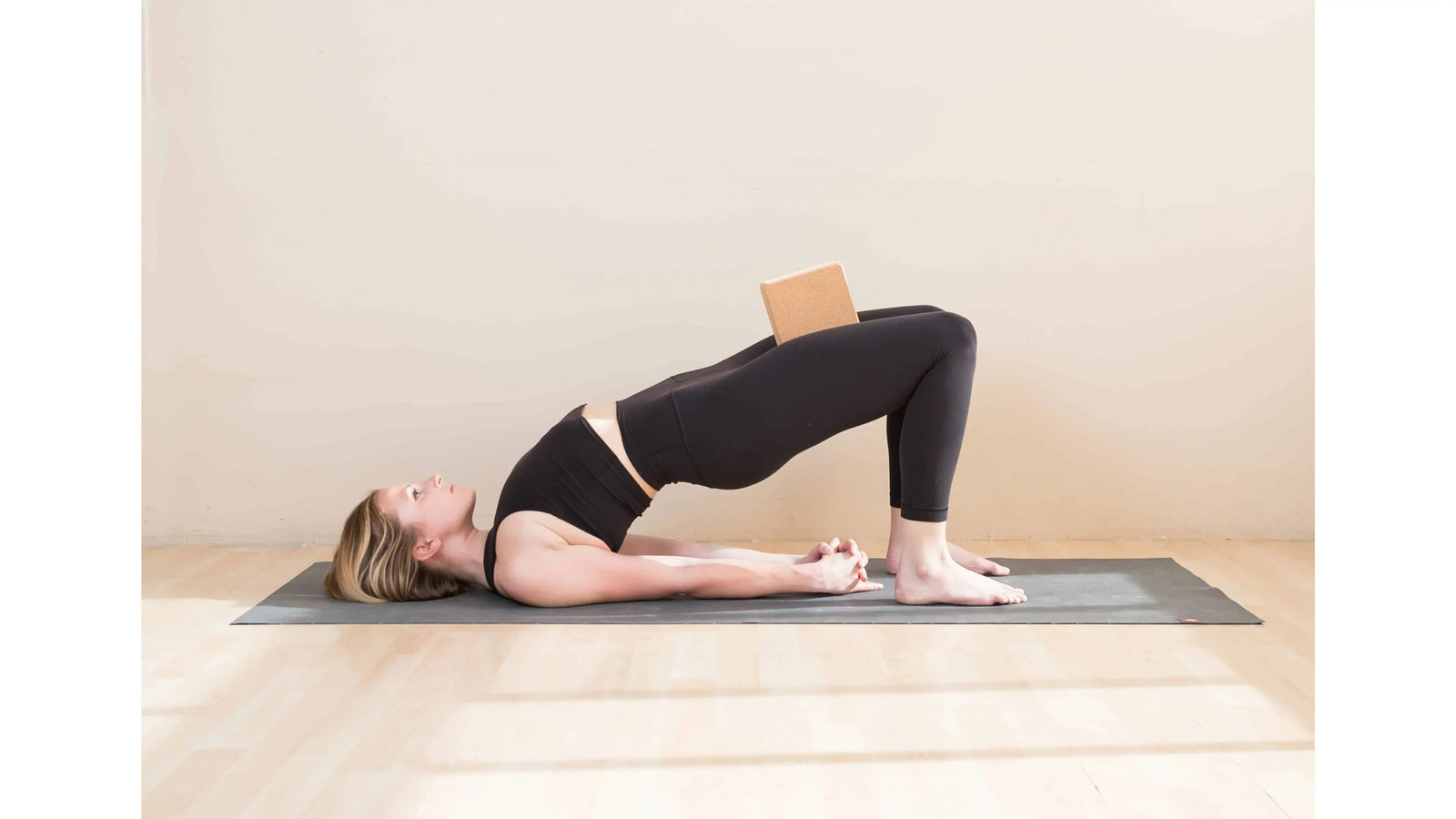Avoiding Common Mistakes

Kegel exercises are a great way to strengthen the pelvic floor muscles, which support key organs like the bladder, bowel, and reproductive organs. By doing Kegels regularly, you can improve bladder control, enhance sexual health, and promote overall pelvic well-being. However, to get the most benefit from Kegels, it’s important to practice them correctly. Let’s break down the key things to know about doing Kegels safely and effectively.
What Are Kegel Exercises?
Kegels target the pelvic floor muscles—those muscles that form a “hammock” across the bottom of your pelvis. These muscles are responsible for controlling bladder and bowel functions, supporting pelvic organs (like the bladder and uterus), and contributing to sexual health. Kegels involve tightening and relaxing these muscles, which helps strengthen them over time.
When done correctly, Kegels can help with bladder incontinence, pelvic pain, post-childbirth recovery, and even sexual health. However, it’s easy to make a few mistakes that can prevent you from fully benefiting from these exercises. Here’s how to do them safely.
How to Do Kegels Correctly
- Find the Right Muscles
The first step in doing Kegels is identifying the pelvic floor muscles. These are the muscles you use to stop the flow of urine midstream or to prevent passing gas. To find them, try stopping your urine while on the toilet. The muscles you engage to do this are the ones you’ll be working during Kegels.
Once you’ve identified the muscles, make sure you’re only working those. It's common for people to engage other muscles like the abs, thighs, or buttocks, but that can lead to ineffective exercises or even discomfort.
- Relax, Don’t Tense Up
When practicing Kegels, try to keep the rest of your body relaxed. Avoid tensing your abdominal muscles, squeezing your buttocks, or tightening your thighs. These muscles shouldn’t be involved in the exercise. Focus solely on tightening and releasing the pelvic floor muscles.
If you find yourself tightening other muscles, try to focus on your breathing. Relax your body and ensure you're only engaging the pelvic floor. It may take a little practice to isolate these muscles, but with time, you’ll get better at it.
- Breathe Properly
Breathing is important when doing Kegels. Don’t hold your breath while contracting your pelvic floor. Instead, breathe normally. Inhale as you relax your pelvic floor, and exhale as you tighten the muscles. Breathing properly helps prevent unnecessary tension in your body and allows your pelvic muscles to work more effectively.
- Don’t Overdo It
Kegels are most effective when done in moderation. It’s tempting to do as many as possible, but overworking your pelvic floor can lead to muscle fatigue or even pain. Start with a small number, like 10-15 repetitions per set, and aim for 1-2 sets a day. Gradually increase the duration (holding the contraction for 5-10 seconds) as your muscles get stronger.
- Take Time to Relax Between Reps
After each contraction, make sure to fully relax your pelvic floor muscles before the next repetition. If you don’t allow the muscles to relax fully, they can become tense or fatigued, which won’t help build strength. Take a brief pause between each Kegel to ensure the muscles are releasing completely.
- Mind Your Posture
Posture is key for performing Kegels correctly. While you can do them in almost any position, try to start by lying down or sitting with a straight back. As you become more comfortable, you can try doing Kegels while standing, walking, or even sitting at your desk. Just be sure your body is relaxed and you’re not straining or slouching.
Tips for Success
- Be patient: Kegels take time to show results. It might take several weeks or even months before you notice a significant difference in your pelvic health, so consistency is key.
- Start slow: If you’re new to Kegels, start with a gentle approach. Practice contracting and relaxing for just a few seconds at a time, then gradually increase the duration as you get stronger.
- Incorporate Kegels into your routine: Set aside a few minutes each day to practice. You can even do them while sitting at your desk or lying down before bed. The more consistent you are, the better your results will be.
When to Get Help
If you experience pain, discomfort, or difficulty locating your pelvic floor muscles, it may be helpful to speak with a pelvic health specialist. A trained professional can provide guidance on how to perform Kegels correctly and can help you design an exercise routine that works best for you. They can also assess whether any underlying pelvic floor issues, such as muscle weakness or tension, may be contributing to your symptoms.
Conclusion
Kegel exercises are a simple yet effective way to improve pelvic health and strengthen the muscles that support key organs. By focusing on the right muscles, breathing properly, and avoiding overexertion, you can safely and effectively practice Kegels. With consistent practice, you’ll see improvements in bladder control, pelvic function, and overall health. Just be patient and kind to your body, and if you’re unsure about your technique, seek professional advice to ensure you’re getting the most out of your Kegels.


